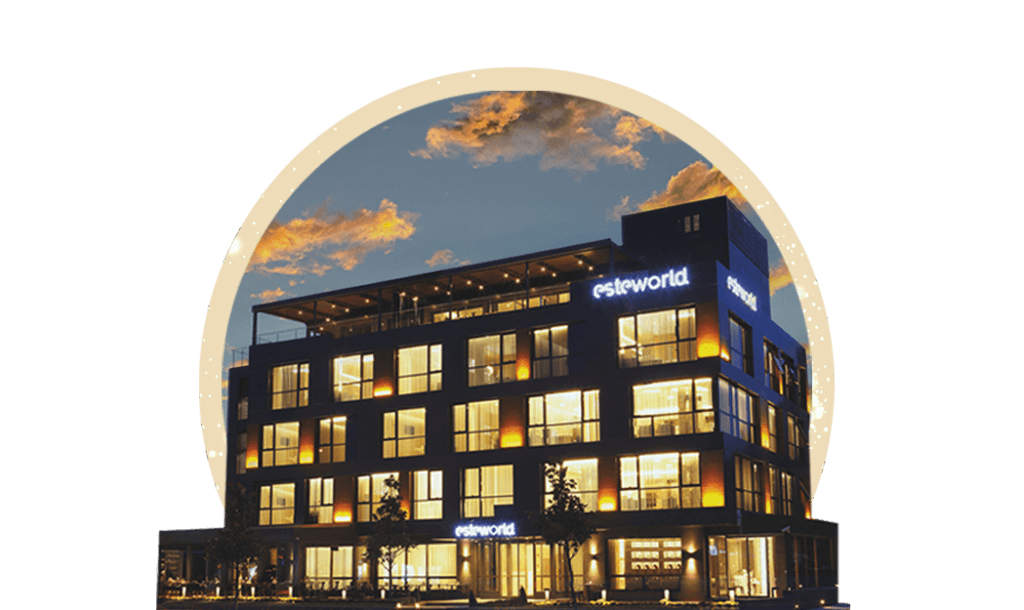
Hair loss can be a serious concern for both men and women, and hair transplantation operations are often a preferred treatment method to deal with this condition. In hair transplantation operations, hair follicles are taken from the donor area in the form of grafts and this is the basis of the treatment. The “donor area” refers to the area from which these follicles are taken and usually contains the healthiest and most permanent hair follicles. Especially in Turkey, hair transplantation focuses on two main areas: the donor area and the recipient area. Hair follicles taken from the donor area are transplanted to the recipient area and hair transplantation is performed. Proper management and evaluation of the donor area is critical for a safe and successful hair transplantation. In this article, you will learn in detail about the protection and evaluation of the donor area and its effects on the outcome of the procedure.
The donor area represents the part of the body from which hair follicles are taken in hair transplantation operations. Generally, this area is located at the back of the head, but in some special cases, other parts of the body can also be used as donor areas. Medical practice and clinical studies show that the quality and quantity of hair follicles taken from the donor area greatly affect the final result of the hair transplant operation.
For a successful hair transplantation, the number of healthy hair follicles in the donor area is critically important. If there are not enough healthy hair follicles in the donor area, this condition is called “weak donor area” or “weak donor source”. Such donor areas can limit the final result of the hair transplant operation and the number of hair grafts that can be transplanted.
A donor area that usually contains between 10,000 and 12,000 healthy hair grafts is a strong and effective source for a successful hair transplantation. Such healthy donor areas can provide suitable hair follicles for hair transplantation operations up to approximately 6,000 hair grafts. Such donor areas are considered as one of the ideal source points for successful hair transplantation operations.
The most favourable donor area for hair transplantation is usually the nape of the neck. This area is preferred to provide natural-looking results and contains a high amount of healthy hair follicles. However, in some cases, the back of the head may not be a suitable donor area for hair transplantation. In this case, experienced surgeons should take care not to overuse the donor area and avoid possible unnatural results. In addition, the number of hair follicles may be insufficient or there may be hair loss in this area. In such cases, alternative donor areas can be considered for hair transplantation. Beard and body hair are some of the other possible donor sites for hair transplantation.
It is not possible to regrow hair from the donor area. However, if the grafts are taken carefully, it is difficult to notice this deficiency in the area where the hair is taken. For this reason, it is extremely important to choose an experienced surgeon for hair transplantation and to carefully evaluate the donor area and harvest the hair follicles.
Thanks to innovative graft extraction methods, each carefully transplanted graft is removed using a special hair transplantation style. After this procedure, the grafts heal spontaneously within a few days and do not leave any scars, leaving slight red holes in the transplanted areas. In a properly performed hair transplant operation, there should be no obvious scar in the donor area. When FUE hair transplantation, sapphire FUE hair transplantation, DHI hair transplantation, female hair transplantation and robotic hair transplantation methods are applied correctly, there is no scar in the donor area.
The healing time for the donor site after a hair transplant varies from person to person and depends on several factors, including the technique used, the size of the extraction area, individual healing capabilities, and the overall health of the patient. Here’s a general timeline for the healing process:
It is important to carefully follow your surgeon’s instructions for post-operative care to aid the healing process and achieve the best possible results. If you have concerns about the healing process or are experiencing unusual symptoms, you can contact Esteworld hair physicians at any time for guidance and evaluation.
As Esteworld Health Group, Turkey’s plastic and aesthetic surgery-focused service provider, we have been offering aesthetic services at high medical standards for more than 25 years with the motto ‘Healthy beauty!


